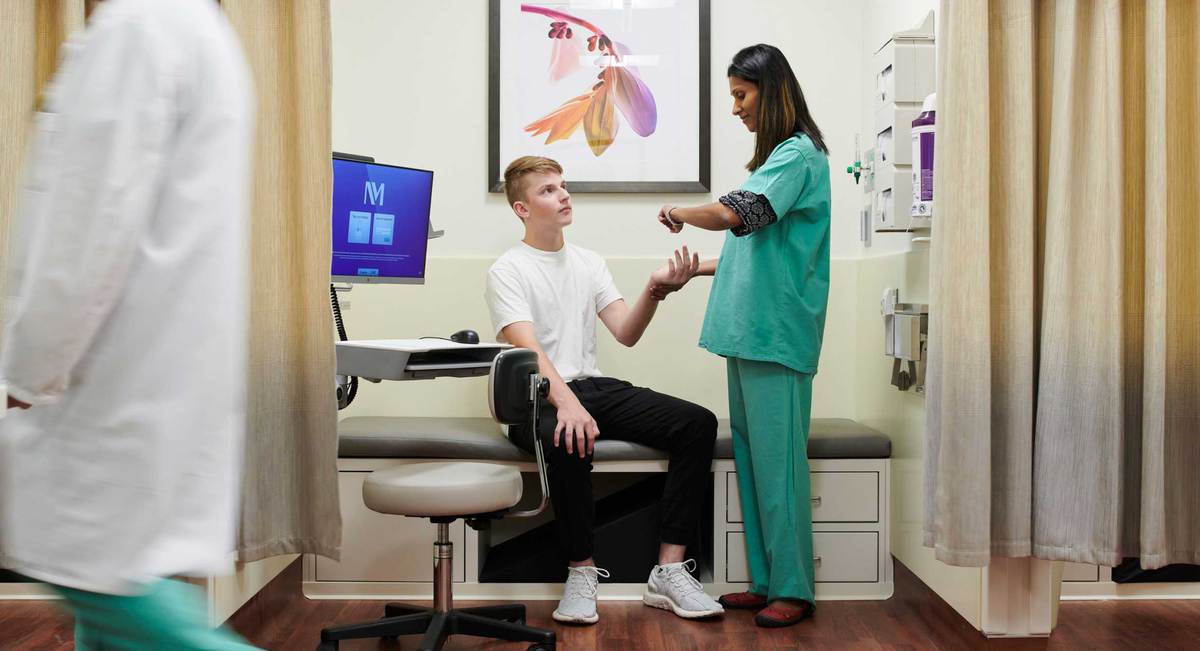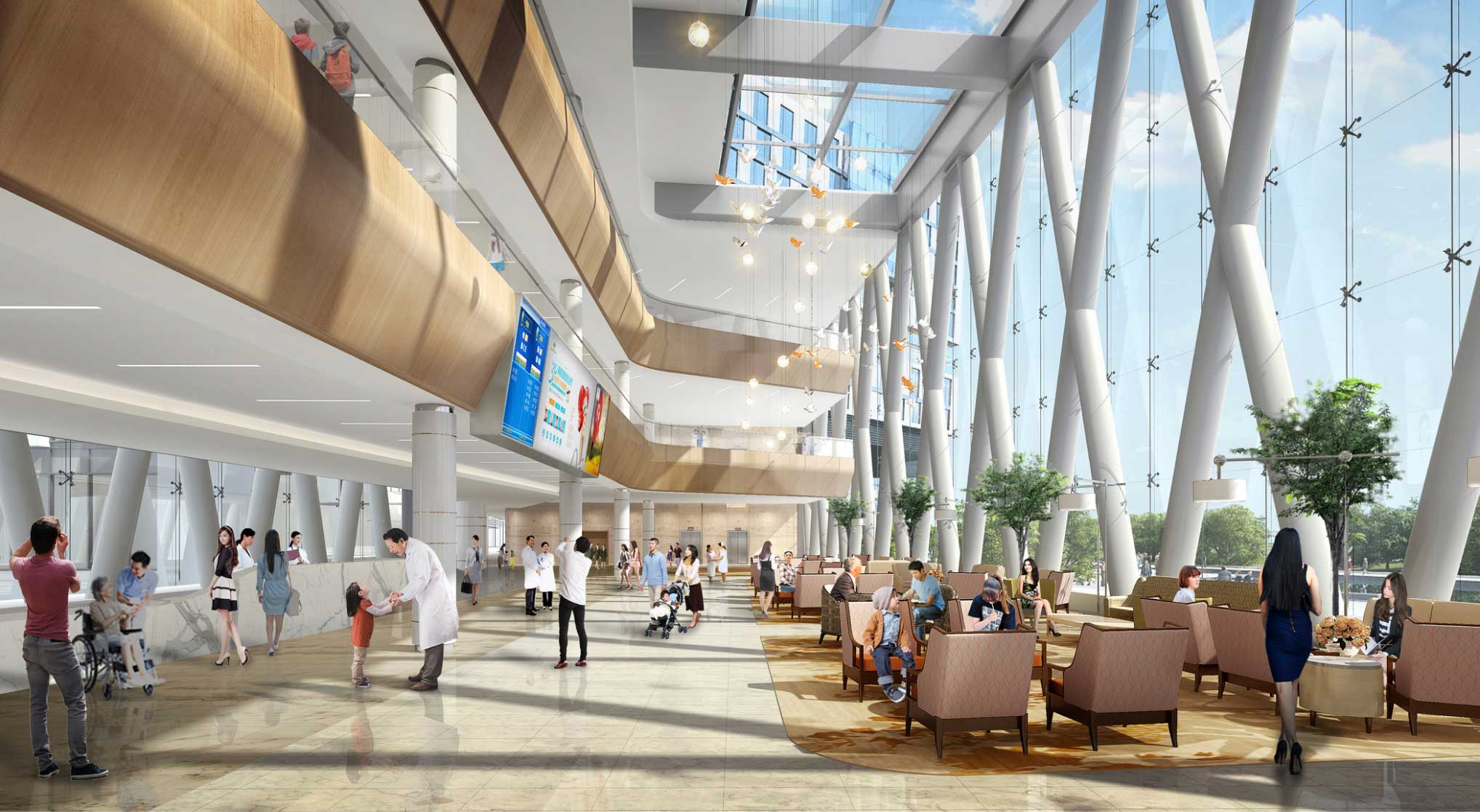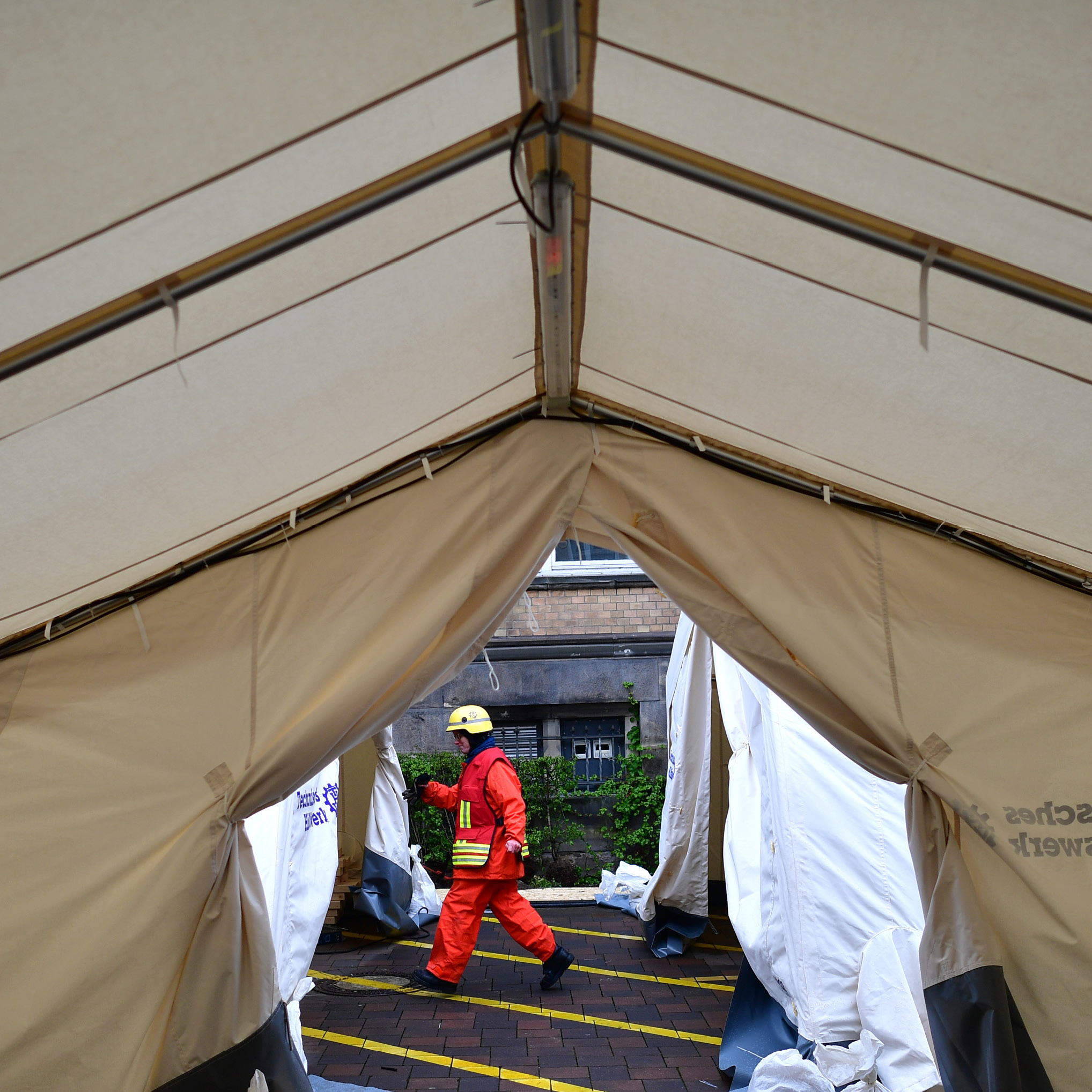
How Health Care Systems and Designers Can Tackle a Public Health Crisis Together
As the novel coronavirus sweeps through countries around the world, many hospitals and other medical providers are rushing to treat patients while taking constant inventory of their own resources: Where can patients come in safely? Are there enough beds for critical care? Are there enough beds for everyone else who needs one? How can they stop contagion within their own walls, including keeping their own staff healthy?
We know from COVID-19’s rapid spread in Asia and Europe that hospitals in the U.S. and other places where the pandemic is ramping up should expect a surge in patients, which could lead to a shortage of supplies and critical care rooms. A sharp jump in demand for limited resources could stretch caregivers in unprecedented ways. But the health care and design industries can draw on a wealth of emergency preparedness best practices, and as designers, we can offer guidance on how to adapt spaces to respond to a public health crisis like the one we’re facing.
The coronavirus has upended life across continents and forced us to keep our distance from each other, but we can still communicate and help. To that end, this is the first in a series of posts about what health care providers and designers can do to mitigate the spread of infectious diseases such as COVID-19 and how we can make our communities more resilient.

Flattening the curve
We can’t stop the pandemic, but we can stop people in our communities from getting sick all at once and overwhelming our health care systems. Here are some strategies deployed by hospitals:
- Drastically reduce the number of entries into buildings or campuses while mandating visitor screening at the entry points. MD Anderson Cancer Center has stationed public safety officers at six designated entries at its Houston campus to screen incoming patients. Employees are screened at separate entrances.
- Prohibit nonessential staff, vendors, contractors and consultants from entering clinical areas. Many hospitals are only allowing a limited number of adult visitors on their campuses. Children are reportedly getting only mild symptoms of COVID-19, which might allow them to go through screening undetected even though they’re contagious.
- Implement drive-through testing to keep infectious people from walking into a medical campus and spreading the disease. Parkland Memorial Hospital in Dallas launched a drive-through coronavirus testing site for its current patients, health care workers and first responders. Testing is available by appointment only.
Preparing for the surge
When disaster strikes, health care providers and their communities must be ready. This is how health systems and others can brace for the anticipated influx of coronavirus patients:
- Explore options for surge capacity by installing temporary structures within parking garages and shell spaces or erecting tents in open spaces adjacent to major hospital facilities. Several hospitals are setting up tents near their emergency departments so they can screen patients for respiratory illness and separate them from the other hospital patients.
- Create airborne isolation units and isolation floors that are dedicated for patients that have tested positive for COVID-19. This will reduce the need for caregivers to don and doff personal protective equipment and lower the chance of transmission to patients without the virus.
- Look for unconventional partners that have resources to help in a crisis. LVMH, the owner of French luxury brand Louis Vuitton, is using its perfume factories in France to make hand sanitizer to prevent a nationwide shortage. The hand sanitizer will be distributed to French hospitals for free.
- Increase the ranks of nurses and doctors who will be on the front lines fighting the disease. Colorado and New York are expediting the licensing of health care professionals so that retired nurses and doctors will consider returning to the field to help with the surge.

Toughening for the next time
This crisis will pass, and then another one will hit. It’s inevitable. But we can get better at how we respond.
- Continue to design for acuity adaptability and keep it top of mind, providing standard patient rooms that can be quickly transformed to serve critical care needs. These rooms would allow caregivers to modify them quickly to serve this new process. Other spaces in your hospital can also be designed for flexibility but might require your facilities staff to convert to a new use. Our research team partnered with the nonprofit CADRE and furniture provider Steelcase Health to analyze four attributes of flexibility in health care facilities, defining the level of effort, agency and expense required to adapt a space under each attribute. This framework helps health care providers understand the spectrum of flexibility so they can plan their facilities according to their needs.
- Think ahead about where you can place drive-through testing sites or triage tents on your campus in case of an outbreak or mass-casualty event. Also consider pairing with nontraditional partners such as hotels to expand bed capacity in case of a catastrophe.
- Take stock of your social network. This is for all of us. “Social distancing” and self-quarantining have prompted many of us to reflect on how much we depend on one another. In some cities, residents are picking up groceries and medicine for older neighbors who are quarantined. We should get to know the people on our block, on our street, in our city. Whom can you lean on next time there’s a crisis, and do your neighbors and friends know they can count on you?
The coronavirus crisis is unfolding quickly, sometimes shaking up the headlines by the hour. Our guidance will evolve, too, as we learn more about this outbreak. Please come back to this page for updates.










